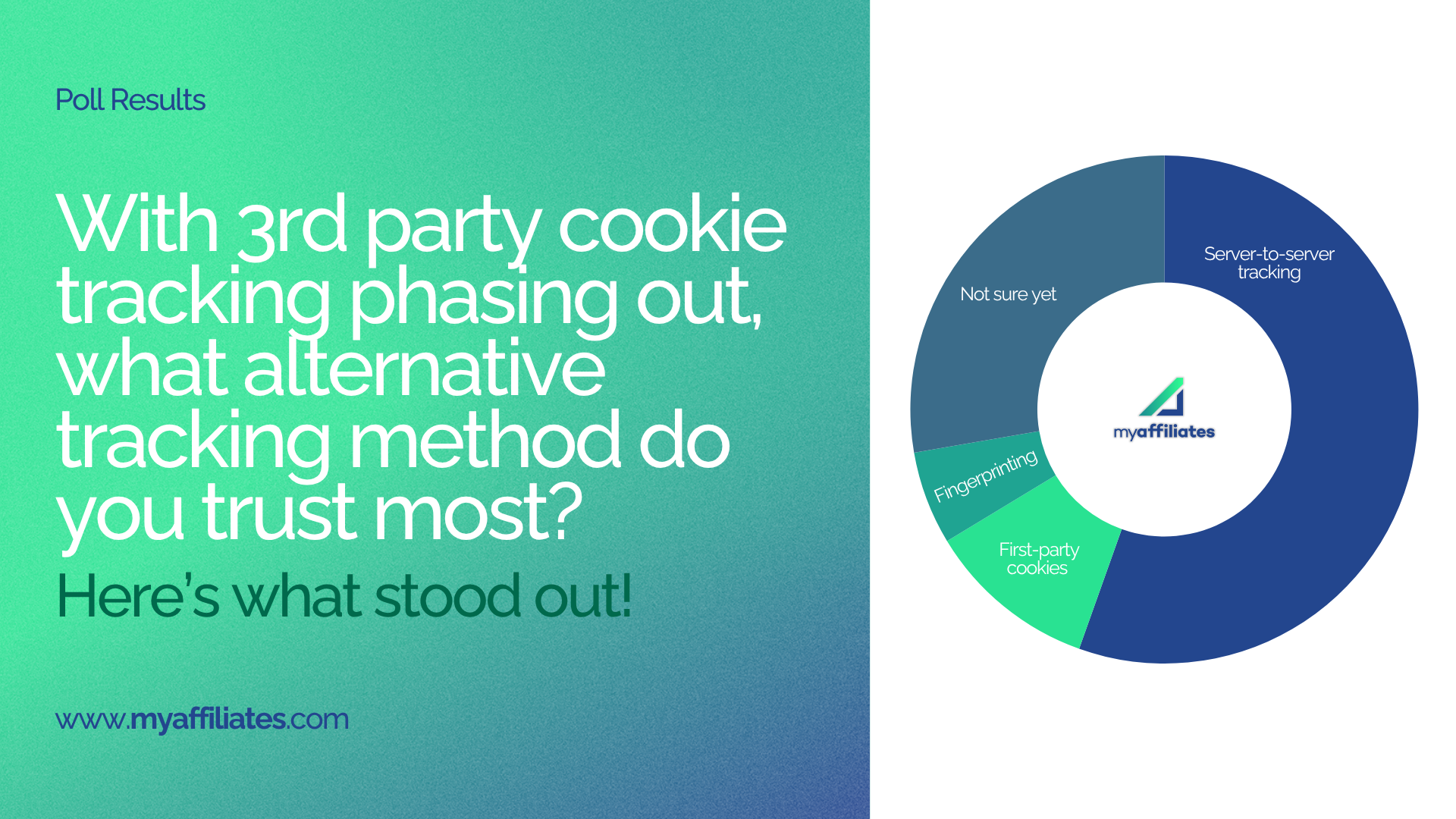Our recent poll shows a clear trend: Server-to-Server (S2S) tracking is leading the way with 56% of votes, while First-party cookies sit at 11%, Fingerprinting at 6%, and almost 30% of respondents remain unsure.

There’s been a lot of talk lately about the “cookie-less future,” and as Vlad Bondarenko pointed out in the comments, affiliate tracking has been moving away from cookies for years. That’s true – to an extent.
But the reality is that many operators still rely on first-party cookies to temporarily store tokens, session data, or click IDs before firing a postback.
So even in a so-called “S2S” setup, the cookie hasn’t disappeared entirely – it’s just evolved into a first-party dependency rather than a third-party one. And that distinction matters.
Because the real question isn’t whether cookies exist or not – it’s where the data lives, who controls it, and how reliably it’s tied back to conversions once attribution and compliance layers come into play. This is where the industry is still split:
- Some are ready for fully server-side, first-party ecosystems.
- Others are still mixing old and new methods – hybrid models that work, but with grey zones in data integrity and transparency.
At MyAffiliates, we’ve seen both sides up close – and we’re focused on helping operators bridge that gap with flexible, hybrid tracking models that ensure accuracy and compliance without losing visibility or performance.
The cookie might be fading, but the complexity of tracking isn’t going anywhere. What’s changing is how much control operators and affiliates have over the data that powers their decisions.




